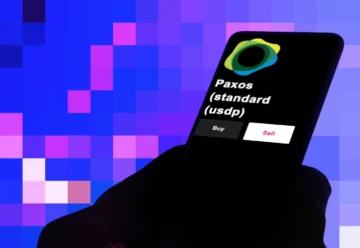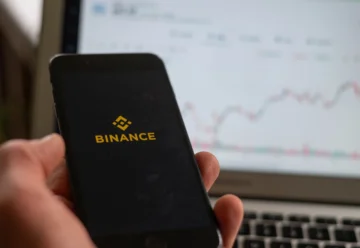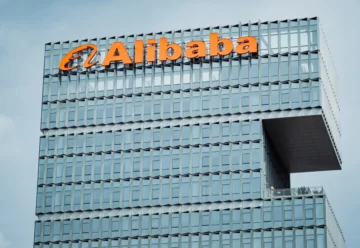Vitalik Buterin: A Plausible Roadmap for ETH 2.0

The Ethereum co-founder laid out an article titled “Endgame”, in which he shared his thoughts on the possible future development of the network.
In the published blog post, Vitalik Buterin shed light on the main directions of Ethereum’s development for the coming years. Among the main goals that Buterin sets for the project are:
- Increased scalability.
- Censorship resistance.
- High decentralization.
Buterin also intended a second tier of staking with low resource requirements and introduced additional fraud-proof technology, data availability sampling and secondary transaction channels. These are the most promising ways to achieve the goals.
Such solutions will allow the community to participate in block production, ensure high network throughput and avoid censorship. At the same time, the issues of network decentralization will depend on the path taken by the Ethereum community.
Vitalik outlines two main ways based on the Rollups technology, the roadmap for the implementation of which was presented a year ago. The first involves using a single algorithm and implementing sharding, while the second suggests using multiple solutions, actually splitting Ethereum into several blockchains, and implementing cross-rollup bridging.
Both of these directions involve the PBS implementation in the core network and will require “years of refinement and audits” in any case. That said, Ethereum is focused on implementing Rollups and is “open to all of the futures”.
Reflections on Ethereum’s future are published on the eve of the Arrow Glacier hard fork, which will take place on December 9 and delay the “difficulty bomb” activation until May 2022.











